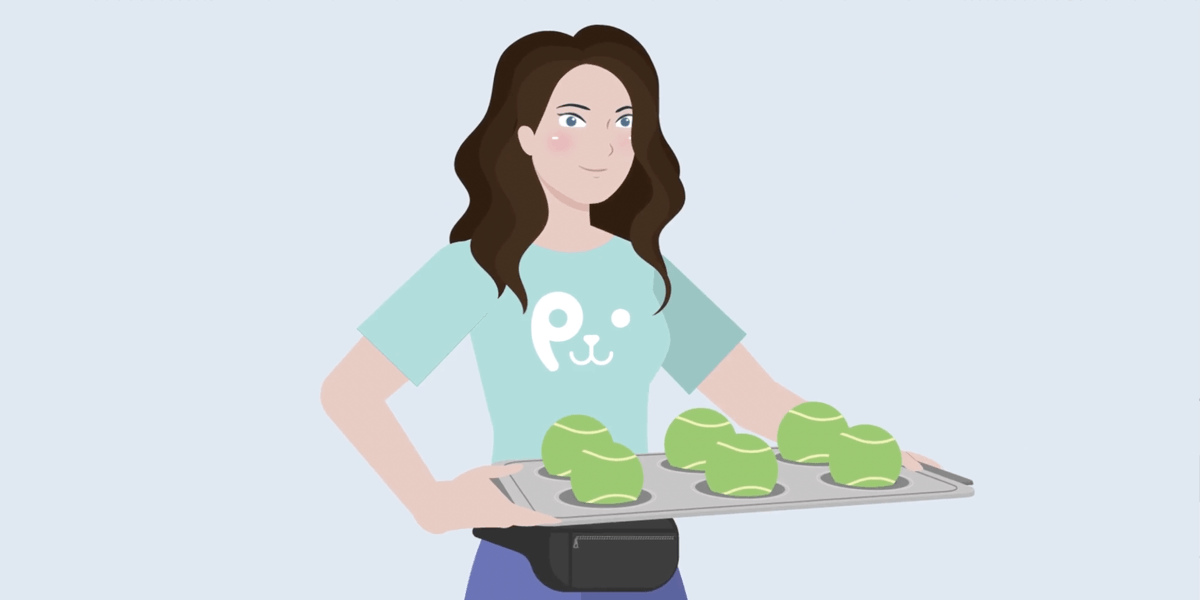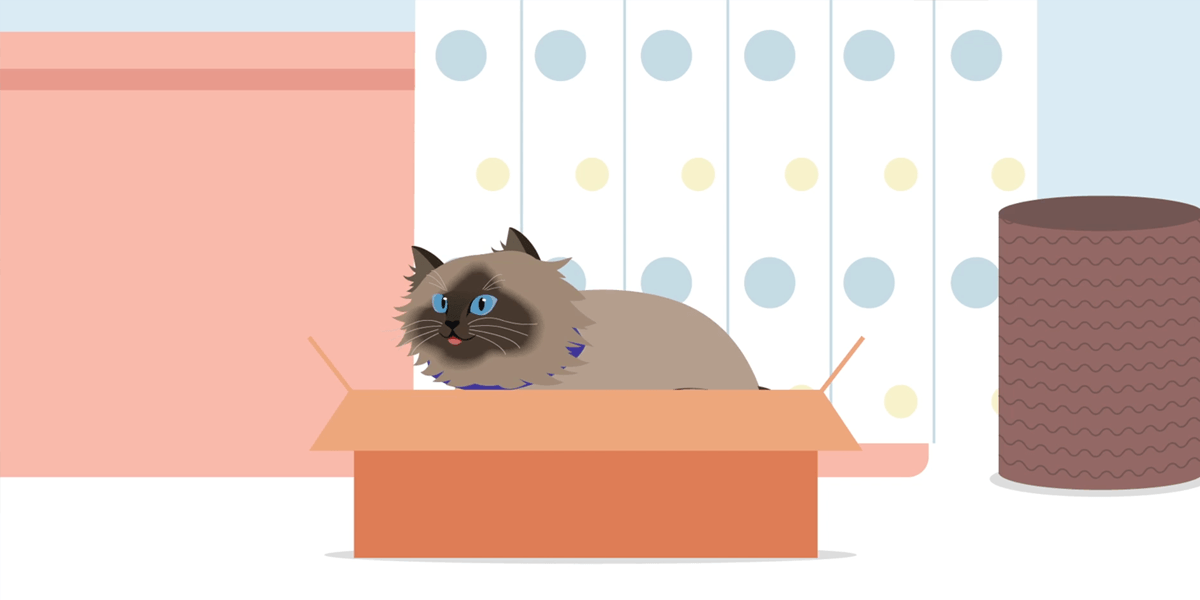1. Work-to-Eat Toys and Bowls: Work-to-eat toys make your dog think while they eat, turning mealtime into mental exercise. These include puzzle feeders, treat balls, and food-dispensing toys, all of which help provide both physical and mental stimulation.
- Offer a mix of puzzle feeders and treat-dispensing toys.
- Rotate toys to keep things interesting.
- Supervise at first to make sure your dog understands how to use them.
2. Scent Games: Engaging your dog’s nose taps into their natural hunting instinct and provides excellent mental enrichment.
- Hide small treats around the house or yard for your dog to sniff out.
- Start with easy hiding spots, then gradually make it more challenging.
- Use toys with hidden compartments to extend playtime.
3. Training Exercises: Teaching your dog new cues and tricks keeps their mind active while strengthening your bond.
- Practice short, 5–10 minute sessions daily.
- Mix in both new behaviors and refreshers of cues your dog already knows.
- Reward with praise, treats, or play to keep training fun and positive.
4. Social Interactions: Socialization helps your dog build confidence and learn appropriate play and manners.
- Schedule supervised playdates with 1–2 friendly dogs, if your dog is comfortable.
- Invite trusted friends or family to interact calmly with your dog.
- Watch for signs of stress and always end on a positive note.
5. Tug-of-War and Fetch: Games like tug-of-war and fetch allow your dog to release energy and engage in natural play behaviors.
- Use sturdy toys designed for safe tugging.
- Keep tug-of-war structured by teaching a reliable “drop it.”
- Play fetch in a safe, enclosed space or on a long leash.
6. Off-Leash or Long-Leash Exploration: Exploration time lets your dog sniff, wander, and discover the world at their own pace.
- Use a secure, fenced area for off-leash time, or a long leash in open spaces.
- Allow your dog to lead with their nose and choose where to explore.
- Avoid over-structured walks—sniffing is enrichment too!



